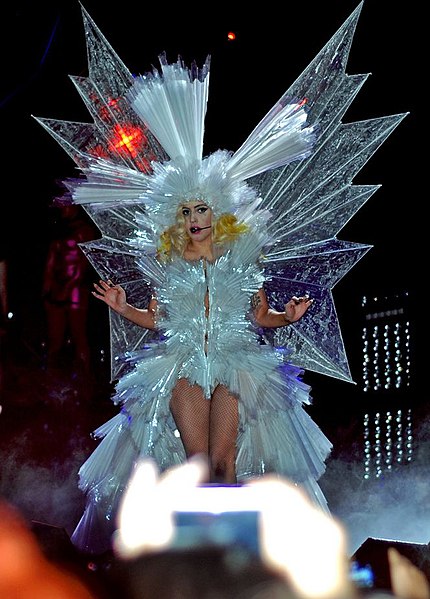When the holiday season starts to roll in, tradition is one of the first words that come to mind. Christmas is a widespread holiday with more than two billion people around the world celebrating. When December hits, halls are decorated, cookies are baked, family gathers, and the tree is put up.
Ah, the tree.
Christmas trees are arguably one of the most important elements in getting in the holiday spirit, but how do you decide whether you should get a real or fake one? How do you know which one is the right fit for you?

Both fake and real trees have their positives and negatives. You could argue that the other one is better but in the end, it comes down to what is suitable for your home.
Around 30 million real Christmas trees are purchased each year. “Real trees provide for tradition,” says senior Anna Joseph. Each year your family can go to a Christmas tree farm and have the experience of cutting down your tree while sipping on hot chocolate as you walk. This not only brings your family closer together to start the holiday festivities, but when you purchase from a local farm, you are supporting a small business and keeping them in business. The downside to this is that you are spending around $100 each year which might not be in the budget for everyone. With a fake tree, you make one payment and then can reuse it and it could be as little as $50 depending on the size.
Fake trees are another great option. Senior Addison Jerome says “I like my fake tree because it prevents my dog from trying to eat it.” Often real trees are a struggle for families that have pets or babies because they will try to eat the pine needles that fall off because of the wonderful smell or they will try to drink the water from the center bowl. Fake trees provide security because after one initial clean up fake trees stay cleaner and take less maintenance because they do not require constant watering. Additionally, they are more convenient if you live somewhere like the city because you can have them in storage. Lastly, you can start decorating your house as early as you want. After all, fake trees keep good all year round.

Another issue that surrounds the real vs fake tree controversy is that cutting down real trees is bad for the environment, but this is partially false. Out of the 350 million trees that are growing only 30 million are cut down each year. These trees are specifically grown with the intent that they will be cut down for use as decoration. Then when they are ready to take down, they can be recycled.
Although people reuse their fake trees, around 10 million are still bought every year, most of which are from China. This results in increases of carbon emissions throughout the world which is very harmful to the environment. Additionally, because of the thin plastics they are made of, nearly all of them cannot be recycled, they end up in our landfills and, in turn, pollute our environment.
In the end, real or fake, it is what suits you and your family. A real tree might be a great option for one person but a nightmare for another, it is all just preference.









































